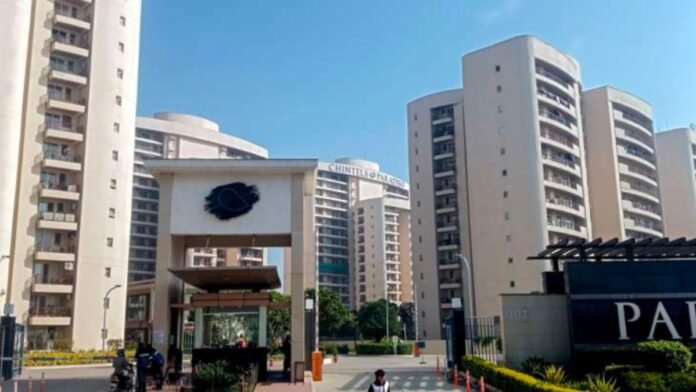Knight Frank India’s Affordability Index data released on Wednesday showed that the country’s financial capital Mumbai’s Equated Monthly Instalment (EMI) to income ratio climbed from 52% in 2021 to 55% in the first half of 2023. This makes Mumbai India’s most expensive real estate market. With 23%, Ahmedabad has the most reasonable real estate market.
The Mumbai Affordability Index, which is now 55%, was 93% in 2010 and has improved over the past decade, especially during the epidemic when the RBI cut Repo rates to decadal lows.
The central bank has raised its repo rate by 250 basis points since January 2022 to combat growing inflation, affecting affordability and raising EMI costs by 14.4%.
The Reserve Bank of India has stopped interest rates at three straight monetary policy sessions this year, stabilizing home loan costs.The Affordability Index estimates a household’s monthly EMI for a city flat.
The figures are based on a 20-year house loan, 80% loan-to-value ratio, fixed dwelling unit area, and city median housing price.
Thus, a Knight Frank Affordability index of 40% for a place means that families in that city must spend 40% of their earnings on housing loan EMIs on a typical day. Prime banks have EMIs or interest rates over 50%, hence the report considers them unduly costly.
Here are India’s most and least cheap Indian cities:
Mumbai-55 percent
Hyderabad- 31% ratio
Delhi-NCR: 30%
Chennai-28 percent ratio
Bengaluru—28% ratio
Kolkata-26 percent ratio
Pune- 26% ratio
Ahmedabad—23% ratio
Conclusion:-
The Knight Frank India Affordability Index data revealed that Mumbai’s EMI to income ratio increased from 52% in 2021 to 55% in the first half of 2023, making it India’s most expensive real estate market. The index has improved over the past decade, particularly during the RBI’s repo rate cut. The central bank has raised its repo rate by 250 basis points since January 2022 to combat inflation, affecting affordability and raising EMI costs by 14.4%. The Reserve Bank of India has stopped interest rates at three consecutive monetary policy sessions this year, stabilizing home loan costs. The affordability index estimates a household’s monthly EMI for a city flat, based on a 20-year house loan, 80% loan-to-value ratio, fixed dwelling unit area, and city median housing price. Prime banks have EMIs or interest rates over 50%, making them unduly costly.



